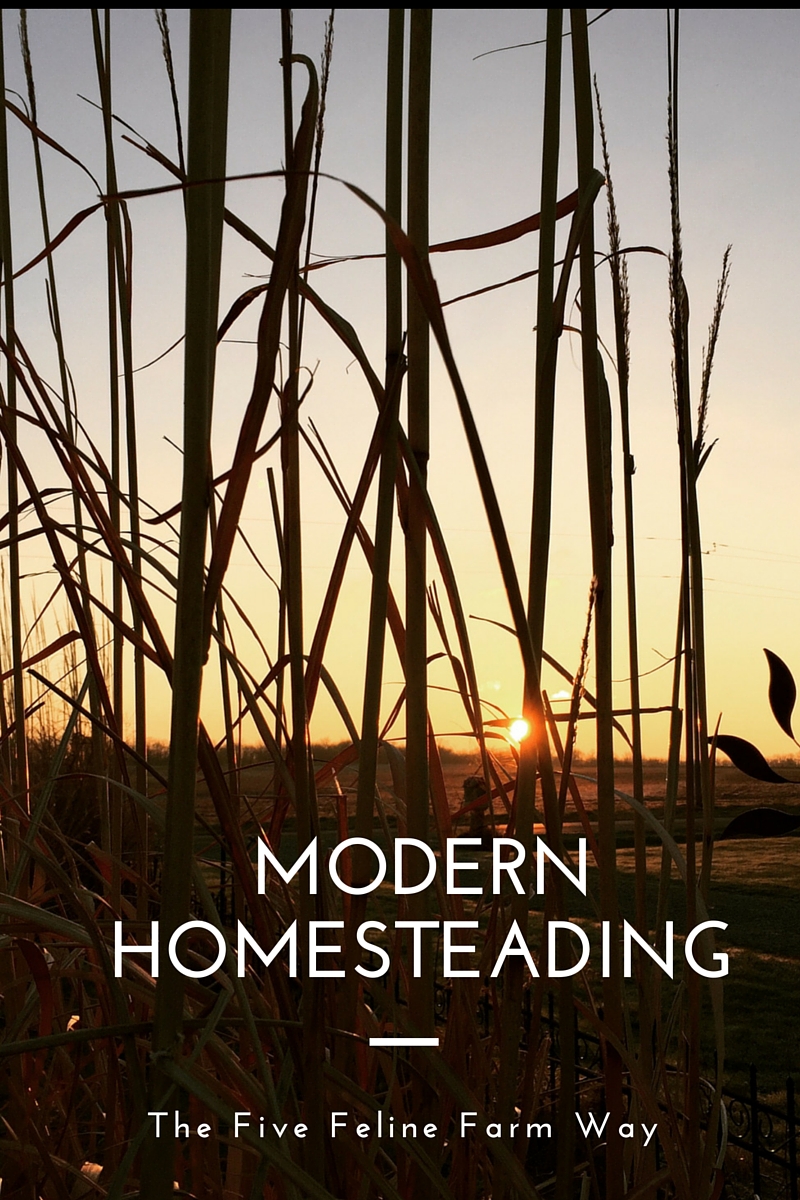Your cart is currently empty!
Tag: Vegetables
-
Why Heirloom Tomatoes?
Heirloom varieties are all the rage, but are they really better? Last week’s post discussed how the differences between determinate and indeterminate tomato plants. But what if you aren’t planting your own? How do you decide which type to choose? We prefer heirloom varieties. First what is an heirloom tomato? You may also see these…
-
Five Feline Farm Foodies
We are foodies. Our farm is all about food. Growing food, planning for food, selling food at the Farmer’s Market or our own Mercantile, preserving food, and yes, of course eating food. During these dark, cold Winter days we continually look for ways to improve our food production. We plan for the growing season and…
-
Longing for Summer
We escaped the clutches of the January 2019 Polar Vortex and were blessed within days to experience over 50º weather. No, we didn’t fly to a southern state, it all happened right here in the Midwest. Those couple of days of sunshine and warmth had me longing for fresh food. Perhaps something from the garden:…
-

Our Manifesto-Natural, Simple and Reclaimed
Here at the Farm we are about three things: natural, simple, and reclaimed. These tenets are the overarching guide for all our Farm endeavors. Most of these manifest in food. Growing, preserving, buying, selling, cooking, and of course eating food. But it’s also a lifestyle. First an explanation of the name. Five Feline Farm is…
